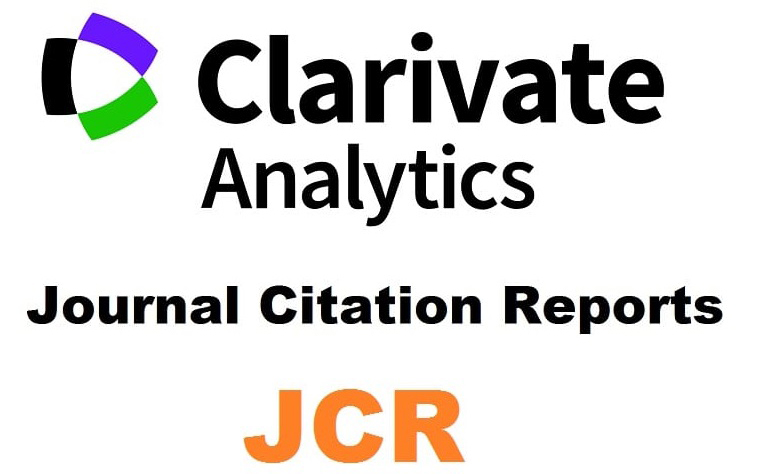"Beasts in Human Form": How Dangerous Speech Harms
Palabras clave:
Dangerous speech, Code words, Slurs, Figleaves, Meaning perversions, Context update, CataloniaResumen
Recent years have seen an upsurge of inflammatory speech around the world. Understanding the mechanisms that correlate speech with violence is a necessary step to explore the most effective forms of counterspeech. This paper starts with a review of the features of dangerous speech and ideology, as formulated by Jonathan Maynard and Susan Benesch. It then offers a conceptual framework to analyze some of the underlying linguistic mechanisms at play: derogatory language, code words, figleaves, and meaning perversions. It gives a hypothesis for assessing the moral responsibility of interlocutors in dangerous speech situations. The last section applies this framework to the case of demagogic discourse by Catalan nationalists. The framework offered explains how public discourse in Catalonia has harmed social relations and institutions, and is an obstacle to rational resolutions to the political situation.Descargas
Los datos de descargas todavía no están disponibles.
Descargas
Publicado
2019-10-17
Cómo citar
Marques, T. (2019). "Beasts in Human Form": How Dangerous Speech Harms. Araucaria, 21(42). Recuperado a partir de https://revistascientificas.us.es/index.php/araucaria/article/view/10805
Número
Sección
Monográfico II
Licencia
Las ediciones impresa y electrónica de esta Revista son editadas por el Secretariado de Publicaciones de la Universidad de Sevilla, siendo necesario citar la procedencia en cualquier reproducción parcial o total.Salvo indicación contraria, todos los contenidos de la edición electrónica se distribuyen bajo una licencia de uso y distribución “Creative Commons Atribución-NoComercial-SinDerivar 4.0 Internacional”



